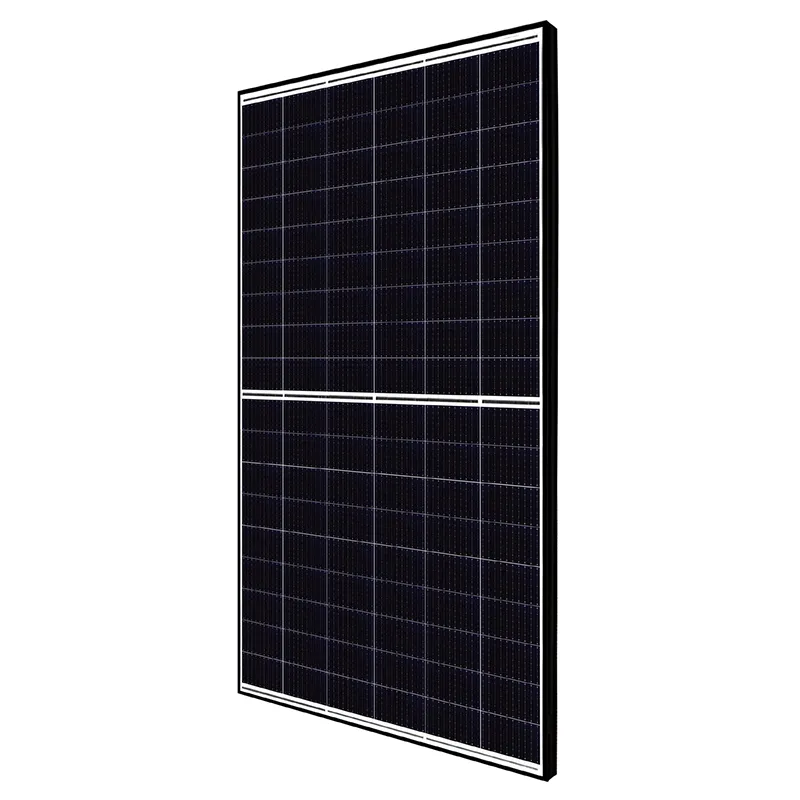Understanding the Expenses Involved in Solar Panel Installation Projects
Understanding the Costs of Solar Panel Projects
In the quest for sustainable energy and reducing our carbon footprint, solar panels have emerged as a popular option for both residential and commercial energy needs. However, one of the primary considerations for anyone looking to invest in a solar panel project is the associated cost. This article aims to provide an in-depth understanding of the various factors that affect the cost of solar panel installations.
Initial Investment
The initial investment for a solar panel project can vary significantly based on several factors, including the size of the system, the type of panels chosen, and installation costs. On average, residential solar panel installations can range from $15,000 to $25,000 before any tax credits or state incentives are applied. For commercial projects, the costs can be considerably higher, often exceeding $100,000, depending on the energy requirements.
Components of Solar Panel Costs
1. Solar Panels The type of solar panels chosen is one of the most significant factors affecting overall costs. Monocrystalline panels, known for their efficiency and longevity, tend to be more expensive, while polycrystalline panels are more affordable but slightly less efficient. Additionally, thin-film solar panels offer a lightweight alternative, but they also typically come with lower efficiency ratings.
2. Inverters Solar inverters convert the direct current (DC) generated by the solar panels into alternating current (AC), which is used in homes. The type of inverter can influence the project's cost. String inverters are generally the cheapest option, while microinverters and power optimizers, though more expensive, can enhance system performance, especially in shaded areas.
3. Mounting Systems The method of mounting solar panels can also incur different costs. Roof-mounted systems are typically less expensive while ground-mounted systems, which might involve additional land preparation and structural components, tend to be pricier.
4. Installation Labor The labor required for installation can vary depending on the geographical location, the complexity of the installation, and the labor rates in your area. Professional installation is essential to ensure safety and compliance with local regulations, but it can account for a significant portion of the overall project cost.
solar panel project cost

Additional Costs
Aside from the primary components, several additional costs may influence the overall budget
- Permitting and Inspection Fees Local governments usually require permits for solar installations to ensure they meet safety and zoning regulations. These costs can add an extra few hundred dollars to the project. - Electrical Upgrades In some cases, upgrading your electrical panel or system may be necessary to accommodate solar energy, leading to increased costs.
- Battery Storage Systems For those considering energy independence, adding a battery storage system to store excess energy can be a substantial investment but can enhance the efficiency and reliability of the solar system.
Incentives and Rebates
While the upfront costs of a solar panel project might seem daunting, various incentives and tax credits can alleviate some financial burdens. In the U.S., the federal solar tax credit (Investment Tax Credit or ITC) allows homeowners and businesses to deduct a significant percentage of the cost of installing solar panels from their federal taxes, currently set at 26% through 2022, dropping to 22% for 2023.
Additionally, many states and local governments offer rebates, performance-based incentives, and financing options that can further reduce the initial costs of solar installations. Before proceeding, it’s essential to research available local incentives.
Conclusion
Investing in a solar panel project involves substantial financial commitment but can yield significant long-term savings on energy costs, increase property value, and contribute to environmental sustainability. By understanding the components contributing to solar panel costs and exploring various incentives, potential buyers can make informed decisions that align with their financial goals and energy needs. As technology advances and costs continue to decline, solar energy becomes an increasingly viable option for many households and businesses looking to harness the power of the sun.
-
Unlocking Energy Freedom with the Off Grid Solar InverterNewsJun.06,2025
-
Unlock More Solar Power with a High-Efficiency Bifacial Solar PanelNewsJun.06,2025
-
Power Your Future with High-Efficiency Monocrystalline Solar PanelsNewsJun.06,2025
-
Next-Gen Solar Power Starts with Micro Solar InvertersNewsJun.06,2025
-
Harnessing Peak Efficiency with the On Grid Solar InverterNewsJun.06,2025
-
Discover Unmatched Efficiency with the Latest String Solar InverterNewsJun.06,2025







